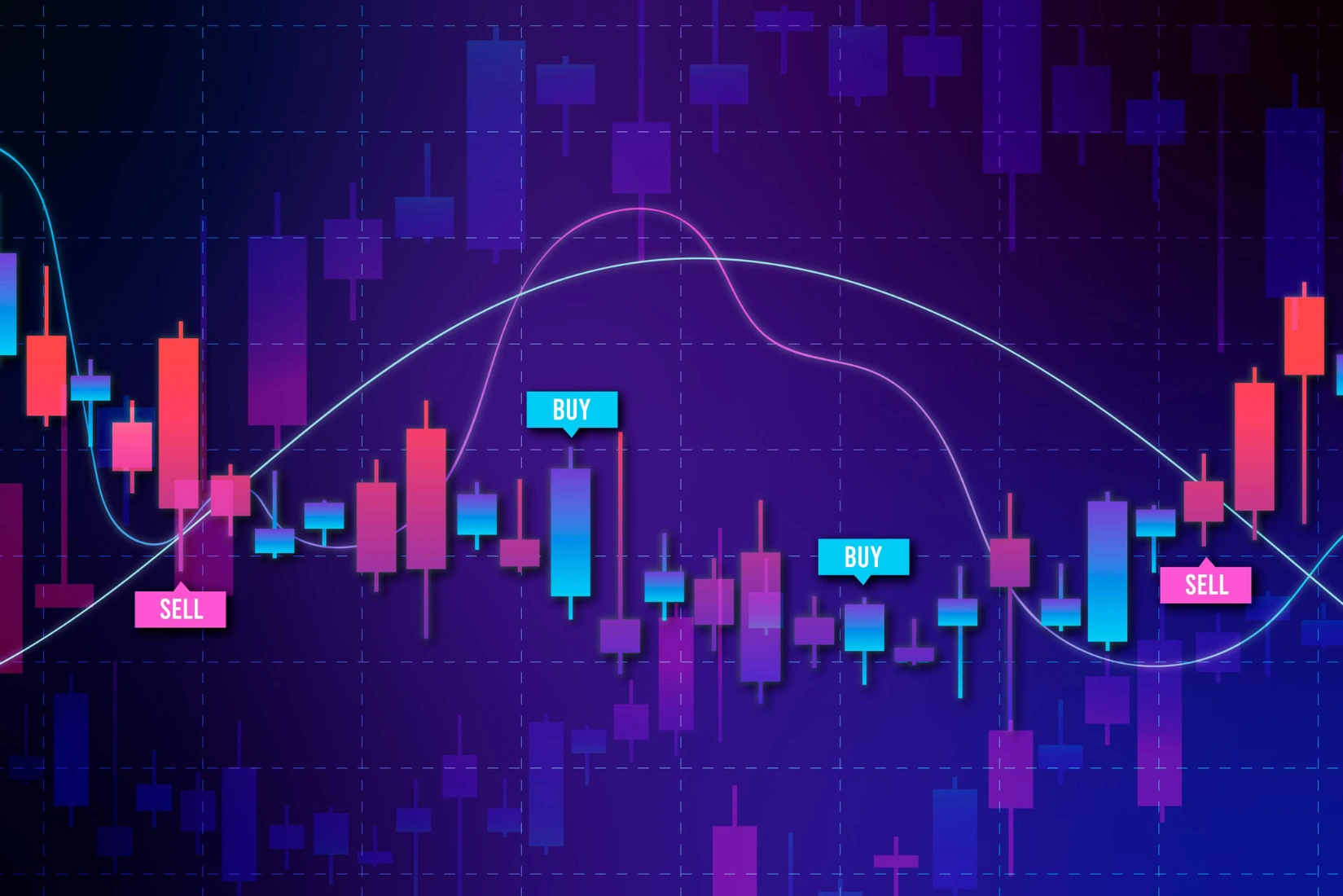Quantitative Trading: A Technical Assessment of Accessibility and Suitability
Quantitative trading—once confined to institutional desks—is now marketed as a tool any retail trader can adopt. Platforms, APIs, and tutorials promise fast-track access to algorithmic strategies powered by data and code. But is this level of trading really appropriate or feasible for the average market participant?
The short answer: not always. Let’s break down the mechanics, prerequisites, and risks of quantitative trading to evaluate who it’s really for.


The Core Appeal: Efficiency and Objectivity
Quantitative trading aims to remove emotion and bias from decision-making by replacing subjective calls with data-driven models. It relies on statistical techniques, coded strategies, and automation to execute trades.
In theory, it offers the following advantages:
- Consistency through rule-based execution
- Scalability via automation
- Speed by leveraging real-time data processing
- Objectivity, reducing the influence of human emotion
These traits make it appealing to traders frustrated by manual decision-making or frequent psychological errors. However, implementing a profitable quantitative system is significantly more complex than advertised.
Beyond the Code: Technical Requirements
Building a functional quantitative trading system involves more than just writing a script. Here are the essential components:
1. Statistical and Mathematical Foundations
A sound strategy begins with hypothesis formation, often rooted in probability theory, statistics, and regression modeling. Overfitting and data snooping bias are common pitfalls for traders unfamiliar with these concepts.
2. Data Quality and Processing
Accurate, clean historical and real-time data is critical. Traders need to handle data ingestion, preprocessing (e.g., resampling, normalization), and error correction.
3. Backtesting Framework
A backtest engine should simulate realistic trading conditions, accounting for slippage, transaction costs, and latency. Misleading results often stem from idealized or unrealistic backtest environments.
4. Execution Infrastructure
Live deployment introduces issues like API reliability, broker limitations, market impact, and latency. Building a robust execution layer requires knowledge of both software engineering and market microstructure.
5. Risk Management Logic
Position sizing, stop-loss rules, drawdown controls, and capital allocation models are essential to long-term viability. Neglecting risk management turns any strategy into a liability.


Common Misconceptions
Misconception 1: Quant strategies always outperform discretionary trading.
In reality, many underperform due to poor design or outdated assumptions. Strategies must adapt to changing market regimes to remain effective.
Misconception 2: Automation eliminates the need for monitoring.
Automated systems reduce manual input but increase the need for constant oversight, diagnostics, and adjustment.
Misconception 3: Coding is the hardest part.
Writing the script is often the easiest step. Ensuring that the logic is sound and behaves as expected under various market conditions is significantly more demanding.
Evaluating Suitability: Who Should Consider Quantitative Trading?
Quantitative trading suits individuals who meet the following criteria:
- Strong analytical and technical backgrounds (e.g., engineering, math, CS)
- Interest in programming, data science, and market dynamics
- Willingness to invest significant time in research, testing, and iteration
- Tolerance for prolonged periods of underperformance or uncertainty
It is less suitable for individuals seeking:
- Passive income with minimal involvement
- Simple strategies that require low maintenance
- Immediate, predictable results
For those with limited time or interest in the technical side of trading, long-term investing through diversified ETFs may offer better outcomes with far less complexity.


Conclusion: A High-Potential, High-Maintenance Approach
Quantitative trading is a powerful framework with the potential to deliver systematic, scalable returns. However, it comes with steep requirements in terms of skills, infrastructure, and ongoing development.
It is not inherently superior to discretionary trading—it is simply different. And it is not universally accessible, despite the current trend of democratization.
Aspiring quants should approach with clarity, patience, and a commitment to continuous learning. Success depends less on flashy code and more on rigorous testing, risk control, and the humility to adapt when markets shift.
In short, quantitative trading is not for everyone—but for the right profile, it can be an extremely effective tool in the trading arsenal.
Relevant Link : Beginner’s Guide: Is Quantitative Trading Right for You?



